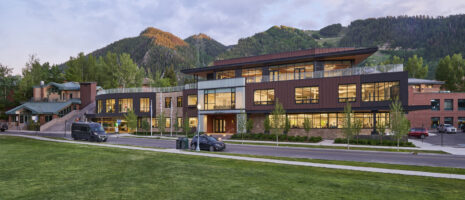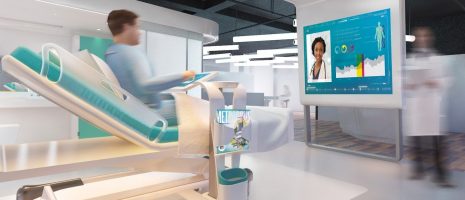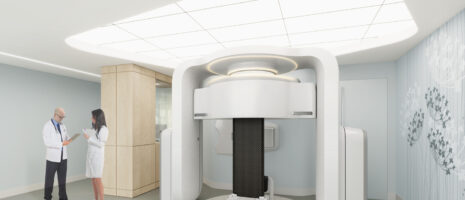Have a fear of missing out? RPM can ensure you won’t

By Adam McMillen
RPM at a glanceRapid performance modeling is customized to each project to prioritize the most impactful benefits. A typical RPM, however, might include:
|
Owners too often miss out on significant energy- and cost-saving features by assuming they are out of budget or deferring decisions until after construction is underway. However, an early analysis of a building’s MEP and other key systems – known as rapid performance modeling or “RPM” – can help owners understand the big decisions that will define their building’s performance from the very beginning.
RPM occurs during concept and/or schematic design phases and pairs quick modeling studies with timely design guidance for key features like building insulation and mass, glazing and shading passive strategies, and HVAC and lighting systems. It prioritizes the most impactful analyses that produce actionable results within a focused two- to three-week period.
IMEG recently provided RPM for UW Health’s East Campus ambulatory care and outpatient clinic in Madison, WI, a 460,000-sf facility originally on a fast track schedule. To achieve the owner’s goals of LEED and Energy Star certifications, outcome-based EUI goals, environmental stewardship, carbon reduction, and best-in-class operations, the team focused the schematic design on evaluating the most efficient path to high performance through MEP systems selection and architectural design approaches.
The RPM was a key asset to the integrated team that included the owner, architect, general contractor, and IMEG. The team evaluated several options for the facility’s HVAC system, modeled energy consumption for each proposed system, and included a life cycle cost analysis to inform mechanical system selection. Key analyses included geothermal, VRF, ice storage, and solar PV. One analysis uncovered $2 million in savings from the custom rooftop units that could be re-purposed to enhance the building envelope system. Other sustainable design features included an optimized façade, high-efficiency water-cooled chillers, dry cooler for winter chilled water load, un-occupied shutoff in exam rooms, condensing boilers, and in-floor perimeter radiant heating. The facility is designed to achieve 18 percent energy savings and 30 percent water savings over the baseline.
Early analysis provides solutions – such as the examples above – that may not otherwise be feasible or would have added cost if the decisions were deferred until later, which is often the case. RPM also helps the design team implement the best and most cost-effective strategies, establishes early agreement on goals and project approach, and is easily integrated into presentation decks, reports, and submittals – all at a lower cost compared to detailed modeling.












